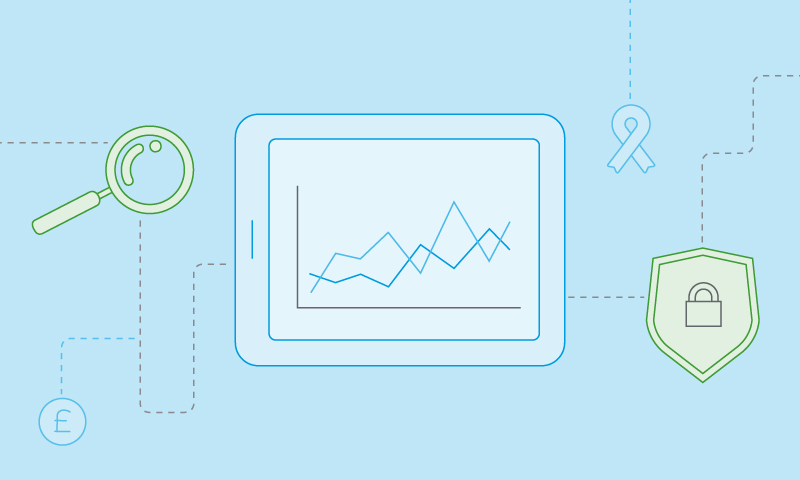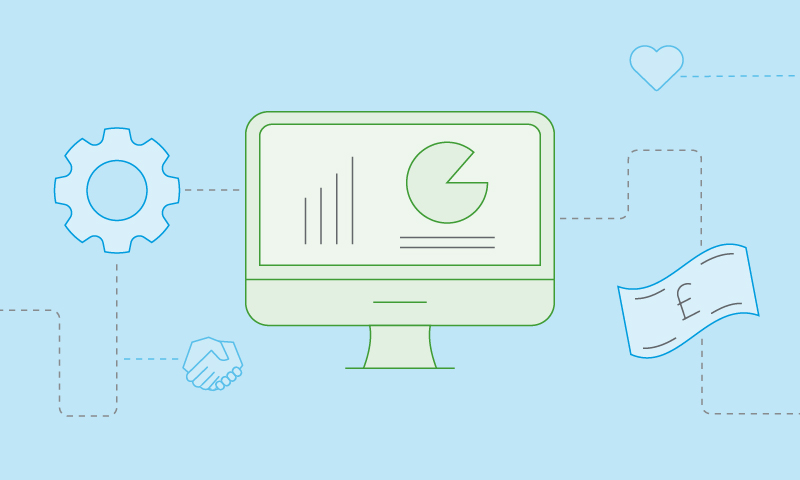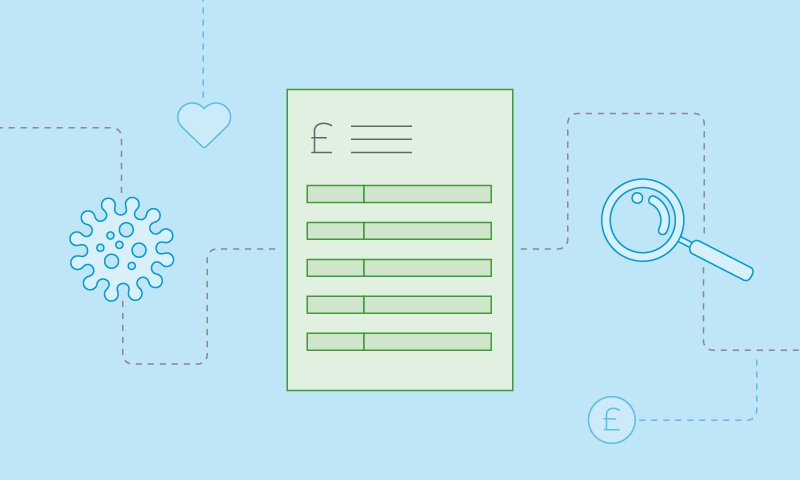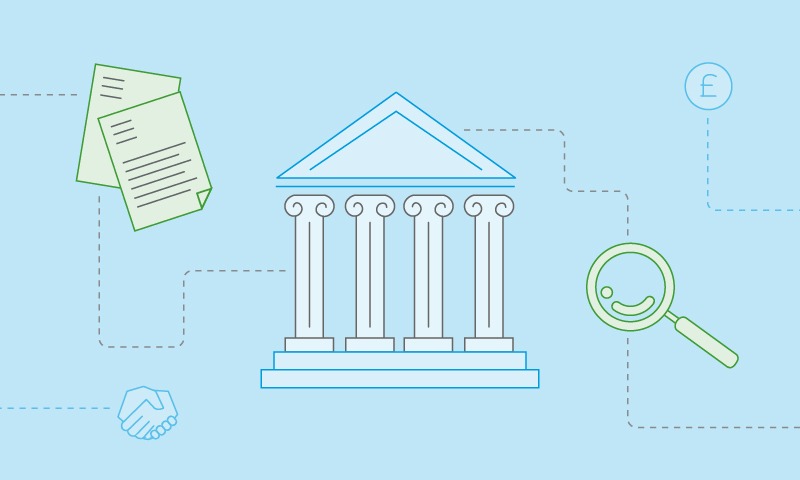02 December 2021
Charities’ focus is always on the important work they do for their communities and the fundraising activities they need to do to make that happen. Fundraising has been a challenge for organisations in recent times, and for some that has led to increased financial monitoring of their costs.
As part of a spending review, charities should complete a review of their exiting processes and systems that are part of the budgeting, planning, control and reporting of spending.
Charities have often relied on older systems which don’t have the capabilities to track spend appropriately, control what’s being purchased and report levels of spend. Charities that have completed a review of existing processes find there are various labour-intensive steps involved.
Why replace IT software?
Investing in new software can be seen as too much of an outlay, but it’s important to review the benefits that state-of-the-art technology can provide to charities.
Modern accounting solutions are often cloud-based and updated frequently, which wasn’t the case for legacy server-based software. Not being up to date can leave gaps in a charity’s ability to maintain regulatory compliance. This can often be the case for accounting for restricted or unrestricted funds and SORP/SOFA reporting.
Cloud accounting packages have workflow approval capabilities that make sure the controls are in place for various transactions (such as purchases). Having visibility on spend patterns allows organisations to plan across the year. It can also be invaluable when contracts for suppliers are coming to an end and charities are looking for new providers.
Old software is a risk for organisations. It develops vulnerabilities that make it a target for hackers and ransomware attacks which can be costly to recover from. Old hardware and software can easily become unsupported, too, which means it requires specific knowledge to maintain and its liable to lengthy downtimes. This can result in big IT bills and a loss of productivity, and the other possible expense is the space required to house elderly servers. Moving to cloud-based solutions can not only provide organisations with assurance as to the security of their systems and data, but result in savings too.
Modernising the software can provide multiple other benefits which can make the case for investment:
- Being able to send budgets to department heads via a controlled system, rather than distributing incorrectly updated Excel sheets.
- Having remote access to applications, a requirement for remote working.
- Gaining efficiencies from process improvement and automation. Integrating new software with the fundraising system, for example, can provide great efficiencies.
- Holding data and processes in one place, thereby improving visibility of it.
- Improved employee satisfaction and staff retention due to the new software’s ease of use.
- Increased response times and reporting capabilities, as well as better informed decision making.
Making the case for IT change in your organisation and delivering it
Being able to make a case for improvement and investment can be challenging. Reviewing current processes to understand inefficiencies and risk areas is important to providing a case and calculating the return of investment.
Get end users and decision makers onboard early with any improvement project. To reduce the risk of failure, look to change gradually so that it is easier to manage with internal resources, and simpler for users to adopt. Do this by looking to implement small steps in the first phase of your implementation – but be mindful of key areas subsequent phases might include. Creating a roadmap of improvement can bring people along with the process.
A successful delivery of new processes by replacing your accounting solution may prove to be a turning point in your organisation's IT strategy and culture, providing far-reaching benefits for your communities.






